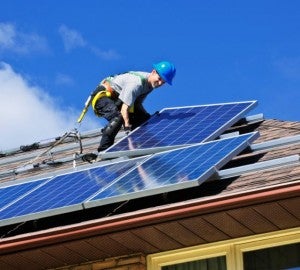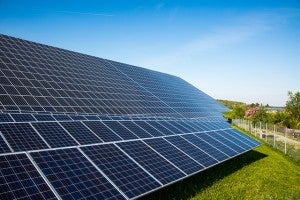 By: Dan Upham, Editor
By: Dan Upham, Editor
We no longer fret over taxes on tea, but there’s another American Revolution forming in our great nation today. Like the colonist uprising 241 years ago, it’s fueled by a need to stand up against an outdated system that threatens our way of life.
It’s a battle over the future of American energy and our antiquated electric grid. And it centers around the way consumers, utilities, and investors interact with this vast network of powerlines, substations, and plants.
As Cheryl Roberto, who leads Environmental Defense Fund’s Clean Energy program, notes, “The U.S. is poised to spend around $2 trillion over the next two decades replacing our outdated electric infrastructure.”
That’s a lot of coin and a tremendous opportunity. Read More














